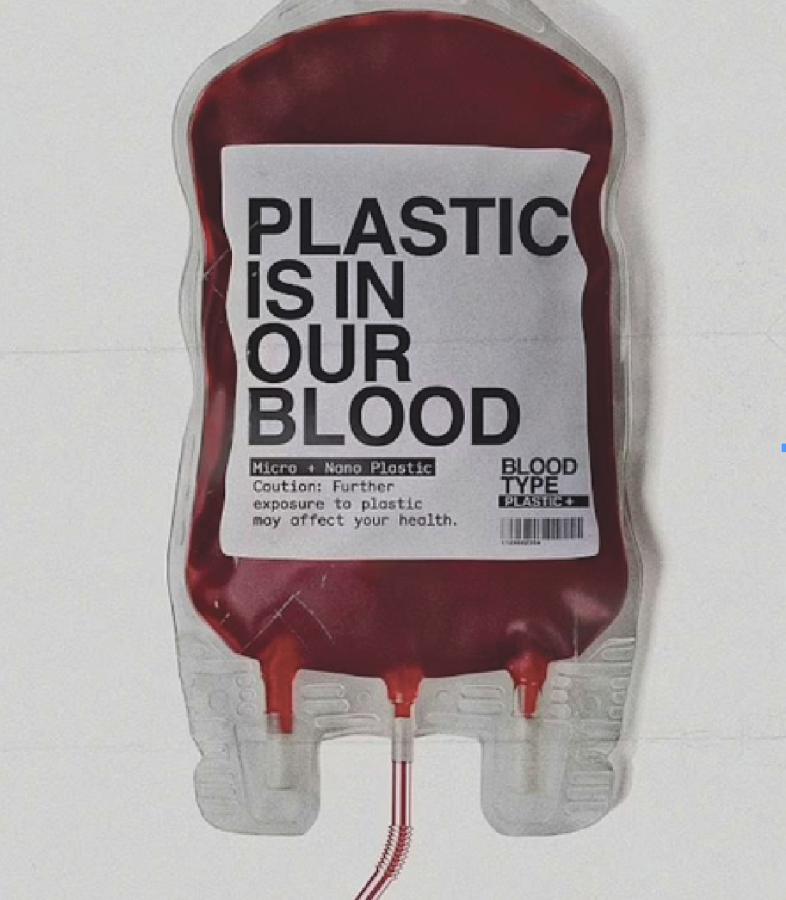Bloody Plastic
The recent findings on micro-plastics in the human bloodstream leave concerns and questions. (mirror.co.uk)
April 19, 2022
For the first time, in the history of the Earth, micro plastics have been found in human blood. A recent study from the Netherlands Organization For Health Research and Development scientists found evidence of micro plastics in human blood. Although the news is completely unsurprising for many, it’s still a huge concern among scientists. According to WAMC, Northeast Public Radio, “in the study, 17 out of 22 healthy adults had plastic particles in their blood. One more source, Dr. David Carpenter, Director of the SUNY Albany Institute for Health and the Environment, says the particles enter the human body via food, cosmetic products, water and even air.” It’s common knowledge that even just touching grocery store receipts could release 54–79 micrograms per square centimeter of the harmful plastic chemical, BPA into one’s hands.
Other researchers suggest that plastic may have entered the bloodstream through toothpaste and lip gloss, dental polymers, and tattoo ink residues. Although the true effects of micro plastics in the blood are unknown, there have been recent studies that show that “microplastic particles can destabilize lipid membranes— the barriers that surround all cells — which may affect their functioning. Another study found that microplastics had many effects on cells, including cell death” (MedicalNewsToday.com).
Hopefully the effects of micro plastics in humans are not incredibly toxic or harmful to organs, however that seems unlikely. According to the Guardian, Professor Dick Vethaak, an ecotoxicologist in the Netherlands says that “microplastics were 10 times higher in the feces of babies compared with adults and that babies fed with plastic bottles are swallowing millions of microplastic particles a day”. Before micro plastic was discovered in human blood, it had already been discovered in babies’ feces. What’s really concerning about this issue, is that the WEF (World Economic Forum) predicts that by 2050, there will be more plastic swimming around than fish in the world’s oceans. This means that the amount of plastic found in human blood is also likely to increase.
Some of the most important questions yet to be answered are whether or not these micro plastics induce cancer, and if they cause major harm to organs. Soon, these questions might just be answered, however for now, the assumption is that bloody plastic is not a good thing.



